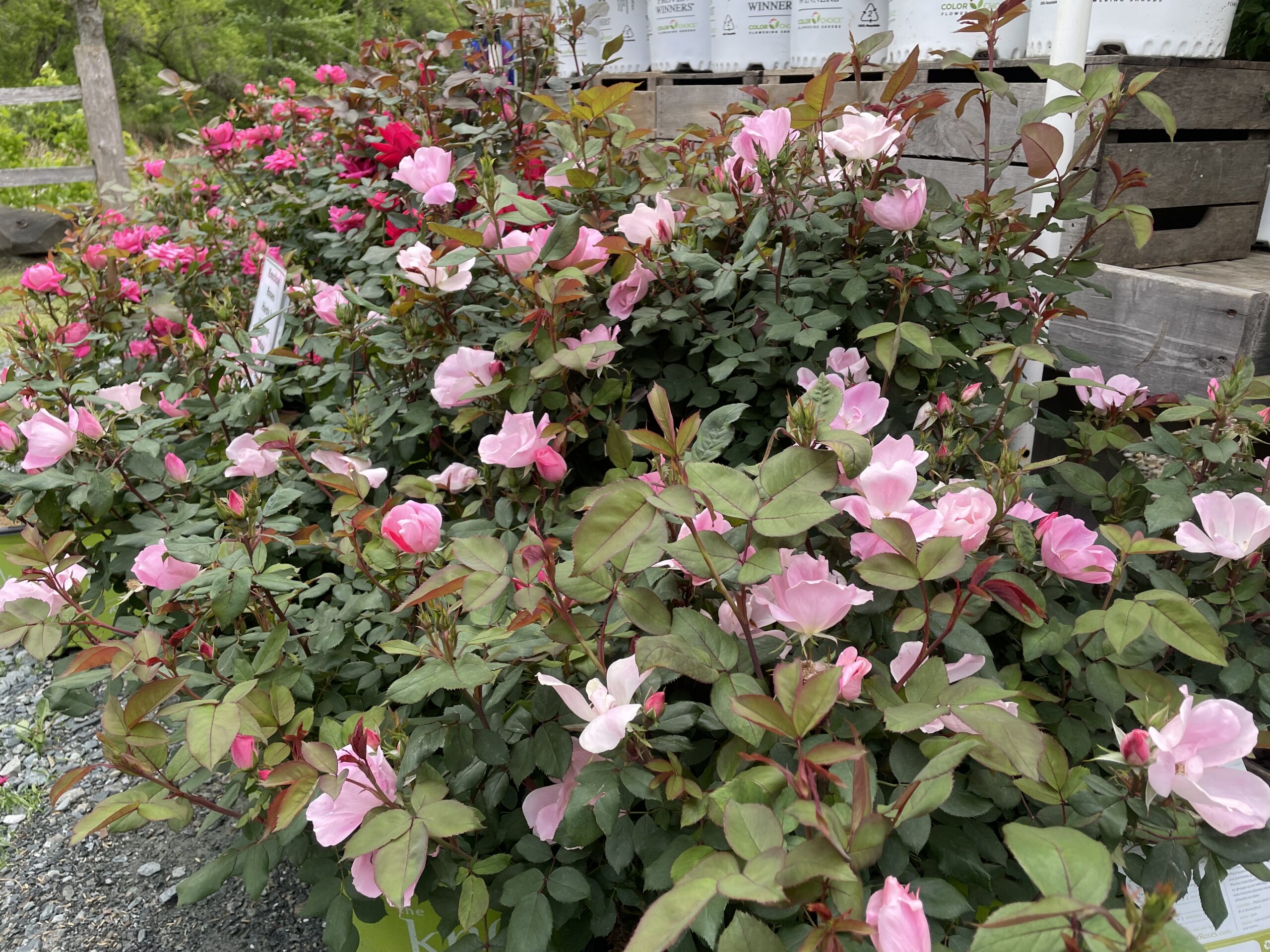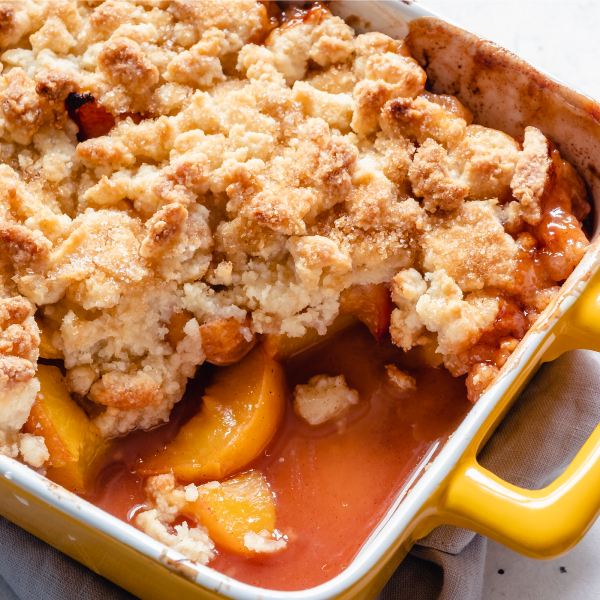With the weather warming up and the last chance of frost (hopefully) behind us, we’re all anxious to start digging in the dirt. Deliveries have been arriving daily at the Garden Center in Woodstock, so we’ve got a great selection of plants to help you kick off your spring gardening projects (with more on the way)!
Now’s the time to get your bushes, shrubs, and trees in the ground. Here are three favorites that will add foliage and color to your garden:
Hydrangeas
Hydrangeas grow well in our climate and are a wonderful way to add softness and color to your landscape. Plus, dried hydrangeas will beautify your home all winter long!
When to plant: In early summer or fall.
Where to plant: In full sun to part shade. Hydrangeas like moist, well-drained, and fertile soil. Be sure to plant your hydrangea in a space that will allow it to reach its full height without being pruned.
How to plant them: Dig a hole as deep as the root ball (it doesn’t need to be planted too deeply), and 2-3 times as wide. Mix in compost with your regular soil for added nutrients. Most people don’t know that you can modify the flower colors of hydrangeas simply by amending the soil. Before the appearance of buds, many gardeners will add aluminum sulfate to the soil for blue hues or superphosphate for pink hues.
How to care for them: Hydrangeas need to be well-watered during their first two summers. So don’t forget about them! Pruning will give you larger blossoms. For late summer/fall blooms, prune your hydrangea in early spring. Leave the larger, more solid branches and prune the weak growth.
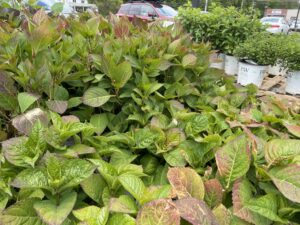
Rose Bushes
Yes, it’s true. Roses grow beautifully in Vermont, as long as you plant them properly and choose the best variety for our climate.
When to plant: Early spring is ideal for our cold-weather climate.
Where to plant: In full-sun, slightly acidic soil (6-6.5 pH).
How to plant: Dig a large hole, about twice the size of the root ball. Fill around the plant with a mixture of soil and compost/peat moss. Add a tablespoon or two of phosperous at the time of planting. When you set the plant in the hole, be sure to spread out the roots evenly. Two inches of soil should cover the bud graft (the lower swollen area on rose plants).
How to care for them: You’ll probably need to add some kind of rose fertilizer to the soil. Roses need to be well-watered, but be sure the soil drains well and doesn’t become waterlogged. Wait until next spring to prune your rose bush to avoid dieback and disease.
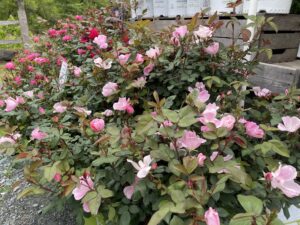
Fruit Bushes
Of all the fruits you can grow in Vermont, blueberries and raspberries may be the easiest. The key is getting them off to a good start by taking the time to plant them properly.
When to plant: Early spring.
Where to plant: In full sun but sheltered from harsh winds. Raspberries and blueberries need well-drained soil (so roots don’t rot) with plenty of organic matter. The soil should have high acidity (5.6-6.2 pH for raspberries and slightly less acidity for blueberries), so you’ll probably need to amend the soil with peat moss or ground limestone. It’s smart to do a soil test before planting so you know what you’re dealing with. (You can add sulfur to lower the pH, if needed.)
How to plant them: Raspberry bushes are typically grown in a hedge row with some form of trellis. Plants should be spaced about two feet apart in rows that are 8-12 feet apart. For most blueberry varieties, you’ll need 2-3 plants from the same group for cross-pollination. Place blueberry bushes 4-5 feet apart in a row for individual bushes. If you’d like a hedge, plant them 2-3 feet apart.
Dig a hole twice as deep and wide as the root ball (approx. 20 inches deep and 18 inches wide). Water down the roots really good before planting, and then surround the root ball with a soil mixture that provides the right amount of acidity (see above).
How to care for them: Heavily mulch blueberry bushes to keep the roots moist (they need 1-2 inches of water per week). Don’t allow the bush to produce fruit for the first two years after planting, so the plant can put its energy into growing. Just pinch back any blossoms. They can be pruned in late winter/early spring, before new growth begins.
The same rules apply for raspberry bushes. Keep weeds at bay using a mulch at a depth of 3-4 inches, and make sure they get 1-2 inches of water per week.
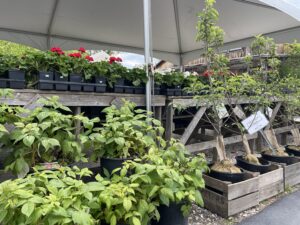
The Garden Center will be slowly filling up over the next few weeks! We’ve got annuals, perennials, shrubs, bushes, herbs, veggie starts, and hanging baskets!
